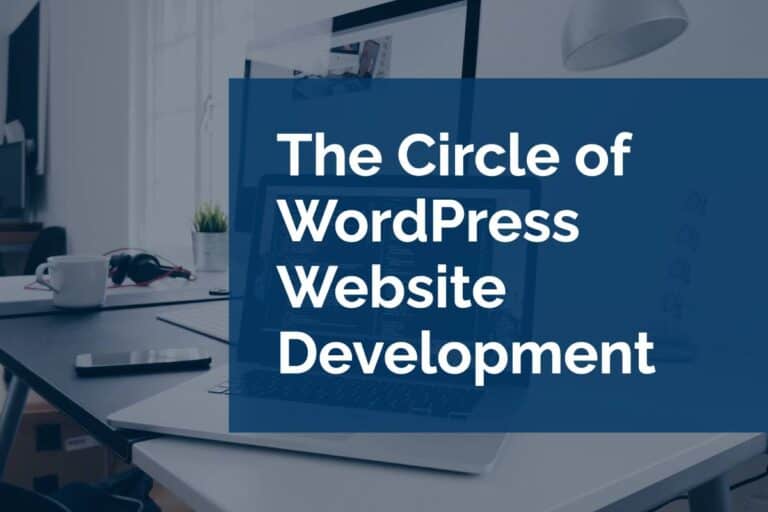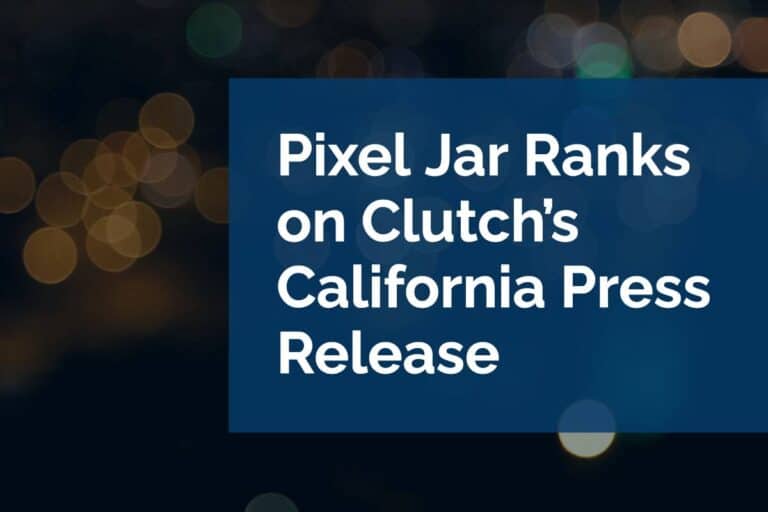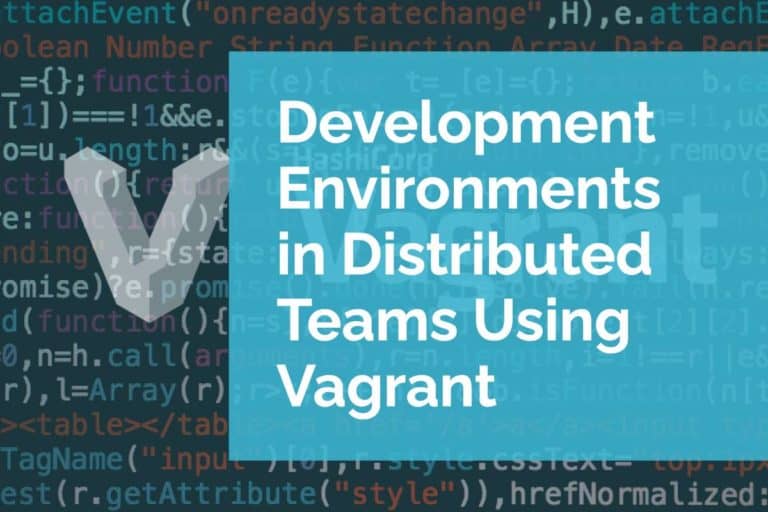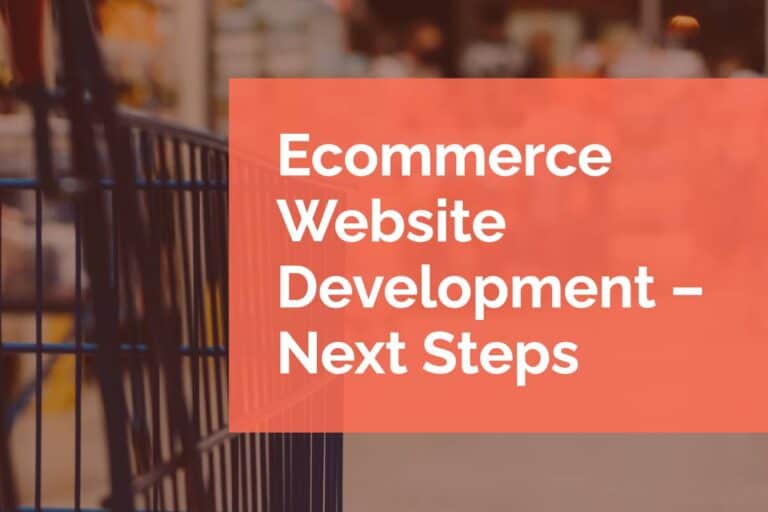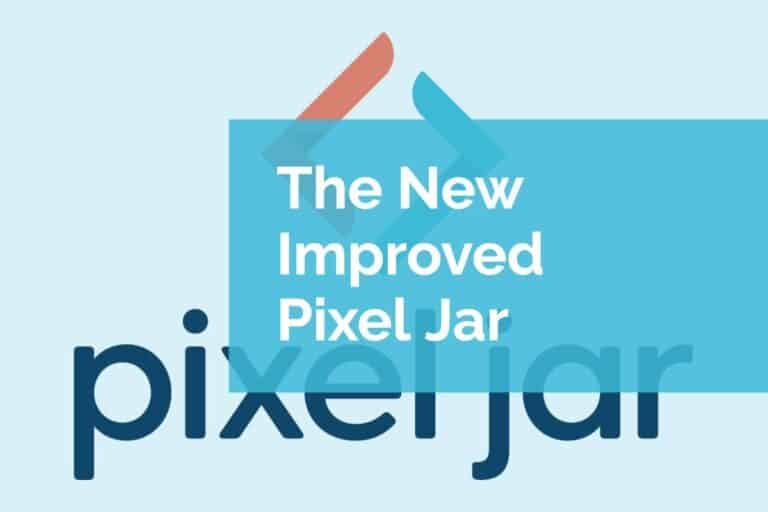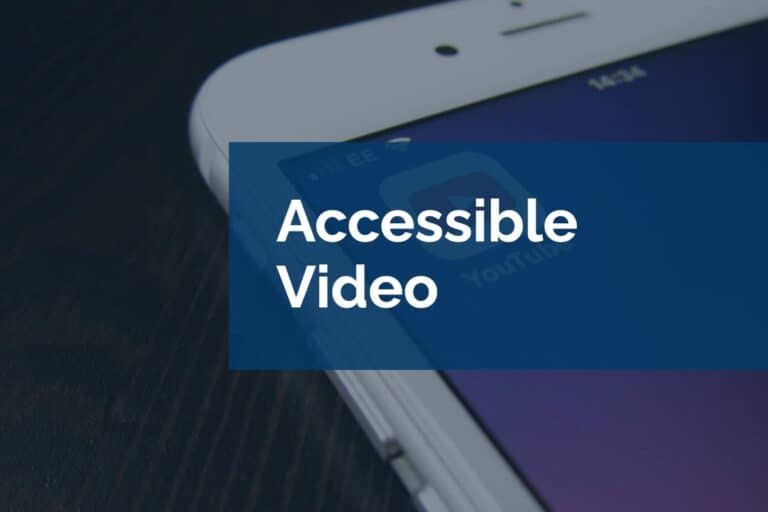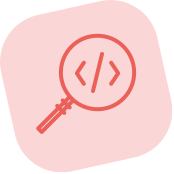Accessibility in 2021
What’s going on with accessibility in 2021? A lot.
Last year’s unexpected worldwide pandemic has dramatically invigorated online growth. Along with the proliferation of new sites is a need to make sure the widest audience possible can make use of them. This need is motivated by legal requirements, from a desire to maximize profit, or to give everyone an equal opportunity to experience the content. Whatever the motivation, accessibility in 2021 is becoming more and more ubiquitous.
What is Accessibility?
Accessibility is the practice of making sure that your website can be used by the widest audience possible. Things that might make a website inaccessible for a user can include impacts to their vision, hearing, mobility, or cognitive functions. Accessibility also includes technological issues like slow connection, older devices, and other external issues that detract from the “broadband desktop” experience. There are some development tools that can help overcome or lessen the impacts to users that experience these impairments. At Pixel Jar, we’re treating accessibility improvements in a similar way to how we view responsive design as well as how we view SEO practices.
We liken accessibility to responsive design in that we see accessible features as a default to building a website. There are a lot of factors to provide the best responsive experience just as there are a lot of factors that improve the level of accessibility achieved. Treating accessibility as a given means that we’re thinking about it from the start of a project instead of as an afterthought.
We compare accessibility to SEO because both of these features are broad concepts where focusing on improvement is a near constant. We often tell our clients that SEO is not something that you do to a site and then you’re done. It’s an ongoing process. Accessibility has similar characteristics. We’re striving to provide the best experience possible with the highest level of conformance that time and budget will allow.
What is WCAG?
The Web Content Accessibility Guidelines (WCAG) are a set of recommendations. The World Wide Web Consortium (W3C) produces these guidelines. That organization consists of member companies and individuals. These entities are focus on developing protocols and guidelines to promote long-term growth of the web. The WCAG focuses on accessibility improvements. These guidelines are adopted by many organizations as a measuring stick for providing an accessible site.
The guidelines have a WCAG 2.2 draft that’s been in the works since June of 2018 and is expected to be adopted this summer. This will become the new set of guidelines to work towards in providing an accessible site. Each version of the WCAG has three levels of conformance as well; A, AA, AAA. Each is a little more conformant and harder to implement. Typically WCAG 2.1 AA is a good goal to reach for, though anytime you can improve one of the success criteria to AAA you should take it.
How Should My Site Handle Accessibility in 2021?
Your website should be striving for a WCAG 2.0 AA rating at a minimum. Our recommendation would be to work for a WCAG 2.1 AA rating or above. With the new WCAG 2.2 releasing soon it’s a fair bet that more government agencies will be pushing requirements forward. Fortunately, if you’re reading this post you’re likely using WordPress as the CMS backbone for your site. The WordPress project has a dedicated team addressing accessibility which gives you a great starting point for new development.
We’ve talked about the positives of providing the best accessible experience for your users. There is a more machiavellian approach to consider. In the U.S., the Americans with Disabilities Act (ADA) requires that websites provide a 2.0 AA rating to provide an accessible experience. Our hope is that this isn’t the only motivator for an accessible site. But, if nothing else, avoiding potential legal issues should be a prompt to action.
If you need any help assessing your site’s accessibility compliance or in improving your site’s accessibility we’re happy to help. Reach out to us and we can schedule a call to discuss your goals and get a plan in place.
